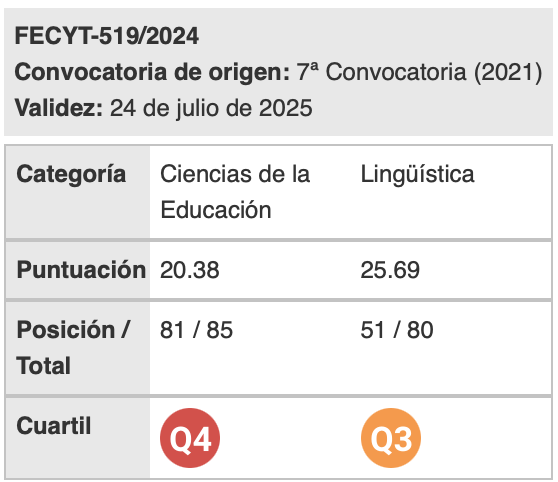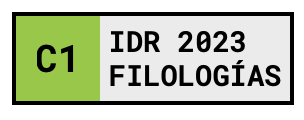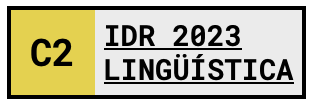AFPCorp: a corpus of advertisements for financial products
Keywords:
AFPCor, corpus, advertisements, financial products, press, TVetter-writing manuals, requests, eighteenth century, please, prayAbstract
This article presents the AFPCor, a corpus of advertisements for financial products compiled in order to facilitate the study of discourse used in this text type. AFPCor comprises thirty press ads in this sector from the UK and a further 30 from Spain, sourced over a similar period of time which, by its very (bilingual/bi-cultural) nature, enables comparative work between the two languages and cultures involved (British English and Castilian Spanish) to be carried out. Future plans for expansion include one phase in 2011 covering press ads within the same product sector and medium, to facilitate diachronic studies, and a further collection of TV adverts for the same product type, in order to study differences in discourse produced by a change in media.
Downloads
References
Adams, H. & Cruz-García, L. (2005). Language use in the advertising of financial products - A case apart? Paper delivered at the 2005 ICLC4 international conference, Santiago de Compostela, Spain.
Adams, H. & Cruz-García, L. (2006). Discourse in the advertising of financial products: The syntax of persuasion. Paper delivered at the International Conference entitled Translation and Interpreting at the Crossroads of Intercultural Communication. Las Palmas de Gran Canaria.
Adams, H. & Cruz-García, L. (2007). Advertisements for financial products: How legal constraints affect advertising claims. Paper delivered at 8th Biennial Conference of the international Association of Forensic Linguistics /Language and the Law. Seattle.
Alvar-Ezquerra, M., Blanco-Rodríguez, M. J. & Pérez-Lagos, F. (1994). Diseño de un corpus español en el marco de un corpus europeo. In M. Alvar-Ezquerra & J. A. Villena- Ponsoda (Coords.), Estudios para un corpus del español (pp. 9-29). Málaga: Servicio de Publicaciones de la Universidad.
Baker, M. (1995). Corpora in translation studies: An overview and some suggestions for future research. Target, 7(2), 223-243.
Corpas-Pastor, G. (2001). Compilación de un corpus ad hoc para la enseñanza de la traducción inversa especializada. TRANS: Revista de Traductología, 5, pp.155-184.
EAGLES. (1996). Text corpora working group reading guide. Eagles Document (Expert Advisory Group on Language Engineering) EAGTCWG-FR-2.
Johansson, S. & Oksefiell, S. (Eds.) (1998). Corpora and cross-linguistic research: Theory, method and case Studies. Amsterdam/Atlanta: Rodopi.
Sinclair, J. (1991). Corpus, concordance, collection. Oxford: Oxford University Press. Sinclair, J. (1994). Corpus typology: A framework for classification. EAGLES
Deliverable. University of Birmingham.
Torruella, J. & Llisterri, J. (1999). Diseño de corpus textuales y orales. In G. Blecua, C. Claveria, C. Sánchez & J. Torruella (Eds.), Filología e informática. Nuevas tecnologías en los estudios filológicos. Barcelona: Milenio/Universitat Autònoma de Barcelona.
Downloads
Published
How to Cite
Issue
Section
License
Authors who publish with this journal agree to the following terms:
- Authors retain copyright and grant the journal right of first publication with the work simultaneously licensed under a Creative Commons Attribution License that allows others to share the work with an acknowledgement of the work's authorship and initial publication in this journal.
- Authors are able to enter into separate, additional contractual arrangements for the non-exclusive distribution of the journal's published version of the work (e.g., post it to an institutional repository or publish it in a book), with an acknowledgement of its initial publication in this journal.
- Authors are permitted and encouraged to post their work online (e.g., in institutional repositories or on their website) prior to and during the submission process, as it can lead to productive exchanges, as well as earlier and greater citation of published work (See The Effect of Open Access).

Revista de Lenguas para fines específicos is licensed under a Creative Commons Reconocimiento-NoComercial-SinObraDerivada 4.0 Internacional License.
























